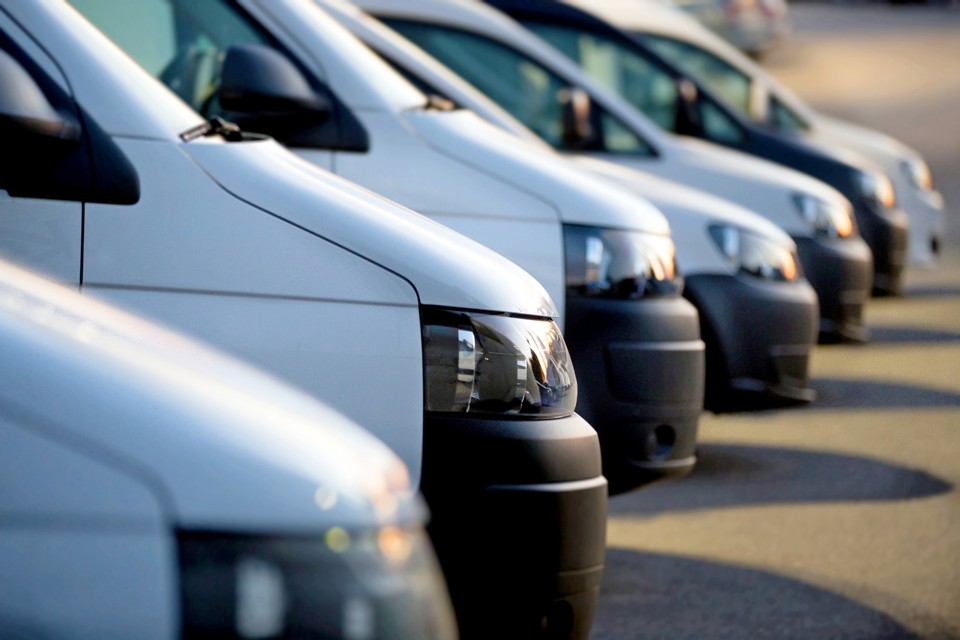Fleets are cancelling orders for 4.25-tonne electric vans, because of ongoing confusion over regulations surrounding their use, according to the Association of Fleet Professionals (AFP).
In 2018, UK law was changed so that the weight limit for Category B driving licence holders driving alternative-fuel vehicles (AFVs) could be increased from 3.5t to 4.25t. Such vehicles are also exempt from O licence rules.
At the time, with the UK a member of the EU, the change relied on a temporary derogation from the EU, which was issued by the European Commission in May 2018 for a period of five years, up to May 2023.
In June, the Department for Transport (DfT) told Fleet News that the licence flexibility “remains in place” and the Government has “no plans" to remove this "flexibility for zero emission vehicles", as it continues to support the uptake of zero emission vans.
However, with 4.25 tonne electric vans starting to come to market in quantity during the past year, AFP says that a situation has emerged whereby of the Office for Zero Emissions Vehicles (OZEV) believes the vehicles have been deregulated from all of the operator responsibilities that normally apply to vans over 3.5 tonnes.
The Driver Vehicle Standards Authority (DVSA) and the DFT, meanwhile, believe some still apply, says the AFP.
Confusion has surrounded what exactly these additional operational requirements may be, but according to the AFP’s current interpretation, include an MOT test every 12 months from new and a speed limiter to be fitted.
In addition, any vehicles operating outside of a 100km radius of the base would be required to comply with EU driver hours rules and a tachograph would be required.
However, for vehicles operating within the 100km radius a tachograph is not needed and should not be specified because it will then need calibration at MOT, and neither is an O licence required.
Paul Hollick, chair at the AFP, explained that the situation had caused consternation among its members, with many cancelling their orders for 4.25 tonne vans because of ongoing lack of clarity about the additional requirements surrounding these vans and the possibility that they may find themselves inadvertently breaking the law if they simply treated them like a 3.5 tonne diesel van.
He said: “We’re big fans of the 4.25 tonne derogation. It makes absolute sense that the adoption of electric vans around the crucial 3.5 tonne mark should be made easier for as many fleets as possible.
“However, what we are seeing is confusion with, to adopt an old cliché, the left arm and the right arm of Government seemingly at odds.
“This wouldn’t be so bad if the situation hadn’t now been dragging on for several months. It’s incredibly frustrating.
“Fleets are receiving all kinds of conflicting advice – not just from OZEV and the DVSA but manufacturers, dealers, leasing companies and others – with no resolution in sight.
“Instead, they’re understandably throwing their hands up in the air and we hear of many operators simply cancelling orders.”
The AFP is now stepping up its lobbying of OZEV, the DVSA and the DFT to bring their interpretations into line with the original intention that 4.25 tonne vans can be operated exactly like their 3.5 tonne equivalents – and was asking individual fleet operators do the same.
“We’re urging as many people within the fleet industry to make their feelings known as soon as possible,” continued Hollick.
“It really does seem that at a point in time when we should be seeing the Government help to enable large scale adoption of electric vans for major operators, they’re allowing a small muddle to fester into a minor crisis.
“We first highlighted this issue in May and little or no progress seems to have been made. It needs to be resolved now.”
He added that the issue was adding to a general sense among some fleets that operating electric vans was simply not worth the hassle in the short-medium term.
“As the AFP has detailed in recent months, electric van adoption is generally proving much more difficult for many fleets than electric cars,” concluded Hollick.
“This is especially true given concerns over range and payload, while unnecessary problems such as these 4.25 tonne issues create additional hurdles that are proving frustratingly difficult to sort out.”





















Login to comment
Comments
No comments have been made yet.